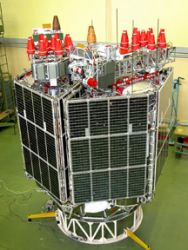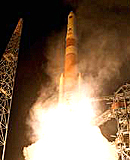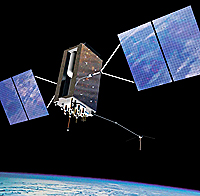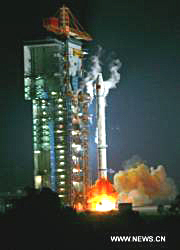U.S. Offers Bilateral Talks on GNSS
 Tony Russo, Director, U.S. National Space-Based PNT Coordination Office
Tony Russo, Director, U.S. National Space-Based PNT Coordination OfficeReturn to main article: "NaviForum Shanghai 2010"
The United States brought a strong message that it is pursuing a new direction in GNSS relations with China in presentations at the recent 2010 NaviForum Shanghai.
By Inside GNSS



.jpg)






